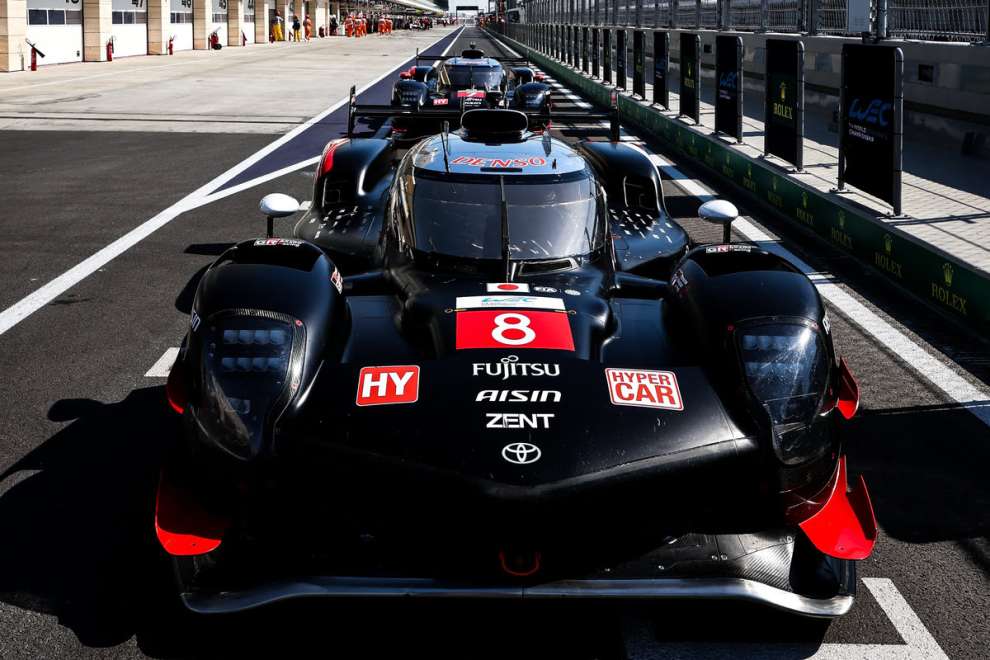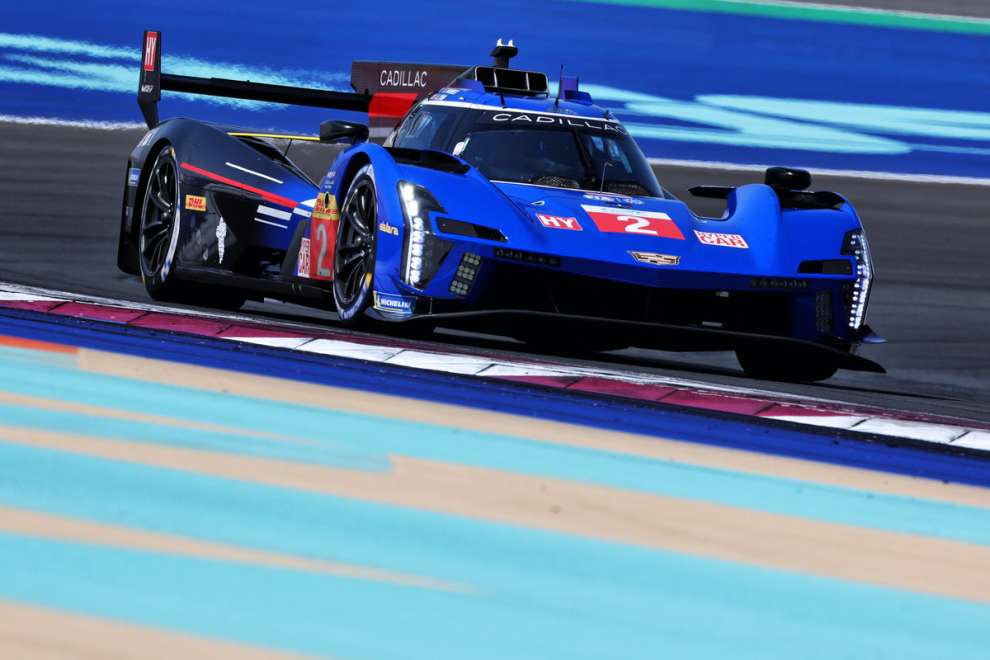By Carlo Platella
Hypercar, one year later. The World Endurance Championship starts again with a main category full of new features, above all the debut of Lamborghini, BMW, Alpine and Isotta Fraschini. The starting grid thus reaches nineteen units, a utopian scenario even to think of until three years ago. However, the new arrivals are not the only change for the Hypercar class, whose balance of power appears to be evolving, without the certainties of last season.
Not just BoP: development rewrites hierarchies
The protagonists of the last championship show up at the starting line with their cars almost intact. An exception is Porsche, whose innovations mainly concern reliability and a more powerful power steering, necessary for the particular configuration of the front suspension of the 963. The world of endurance, however, teaches how it is possible to shave tenths and even seconds from the stopwatch even without updates, just working on the set-up.
On Hypercars, tuning is no longer just mechanical and aerodynamic, but also includes electronics, energy management and the exploitation of the hybrid. The complexity of the subject thus offers large gains and learning margins for the teams, giving further importance to experience. A dynamic that poses in a slightly advantageous position who was already present in 2023, with the new arrivals forced to catch up.
The experience factor must be kept in mind so as not to lead the new hierarchies solely to Balance of Performance, however revised compared to 2023. At least on paper, the new tables rebalance the values in the field between Ferrari and Toyota, now credited with an identical power-to-weight ratio and a similar impact on the stopwatch. In general, however, all-wheel drive Hypercars suffer from a further increase in weight, in an attempt to bring the LMDh closer, estimating the contribution of the BoP at half a second per lap for Porsche, Cadillac and Lamborghini.
The track
The Qatar circuit is another of the debuts of the 2024 season, which will be followed by the other new Imola. In the tests, an average speed of 194 km/h was recorded over the lap, almost 40 km/h compared to Le Mans, but over 10 km/h more in comparison with Bahrain, which had concluded the 2023 season. In Lusail in fact the slow hairpin bends of the Bahraini route are absent, while medium-high speed corners dominate.
All this reduces the emphasis on traction, shifting attention to other rewarding qualities such as downforce and front end precision. These are the characteristics they report Peugeot in a competitive position, together with particularly level asphalt. The 9X8 is making its last public appearance without a rear wing, in a configuration that at Le Mans had already demonstrated its ability to compete in conditions that require a balance shifted towards the front, the concept behind the French Hypercar.

Watch out for graining
During race pace simulations in testing, times across stints highlighted that the main limiting factor for pace is not thermal degradation of the tyre. The attention instead is all for graining, thanks to the mild temperatures, with the asphalt between 28 and 36°C, and the low level of grip, which accentuates slipping. It is above all the tires on the left side that are subjected to stress, constantly resting on the bends, in particular in the section of bends 12-13-14, with three bends towards the right.
Ignoring fuel loads and work schedules, test times yield excellent consistency on the pace of Porsche and Cadillac. The stopwatch instead confirms a Toyota in great difficulty, not only in the words of its exponents, who fear a race out of points. For the moment, Ferrari is positioned behind the leading LMDh duo, regaining the lead in the straight together with Cadillac and Peugeot, after having suffered in the gap with the BoP at the end of 2023.

The race
The ability to quickly get the tires up to temperature will be crucial in a race that promises to be affected by graining. In this regard, Michelin and the race direction they will no longer impose static pressure minimum for the tyres, leaving the stabilized level unchanged at 26.1 psi while in motion. A significant change since, to reach an equal stabilized pressure, teams will be able to start from a lower static pressure if necessary.
With the expansion of the grid to 19 Hypercars and an overall rebalancing, managing track position will be crucial at pit stops. It will also be equally important to monitor LMGT3 traffic, considering how lapping will certainly not be easy on a narrow track with little grip outside the ideal trajectory. Another variable to manage will be the evolution of the track, with temperatures dropping in the final night hours, conditions in which Porsche gained competitiveness against Cadillac at Daytona.

Finally, reliability will always be the number one unknown, especially in a race lasting ten hours, the second longest in the world championship. Eyes on the aggressive Lusail curbs, which in addition to cutting tires, risk generating dangerous vibrations for mechanical and electronic components. As in Le Mans, remaining free of breakdowns could be a guarantee for a good result. Seeing the finish line is also a priority for the rookies, who need to accumulate kilometers and experience to quickly get to the fight for the top positions.
#WEC #suspense #grows #start #favorites